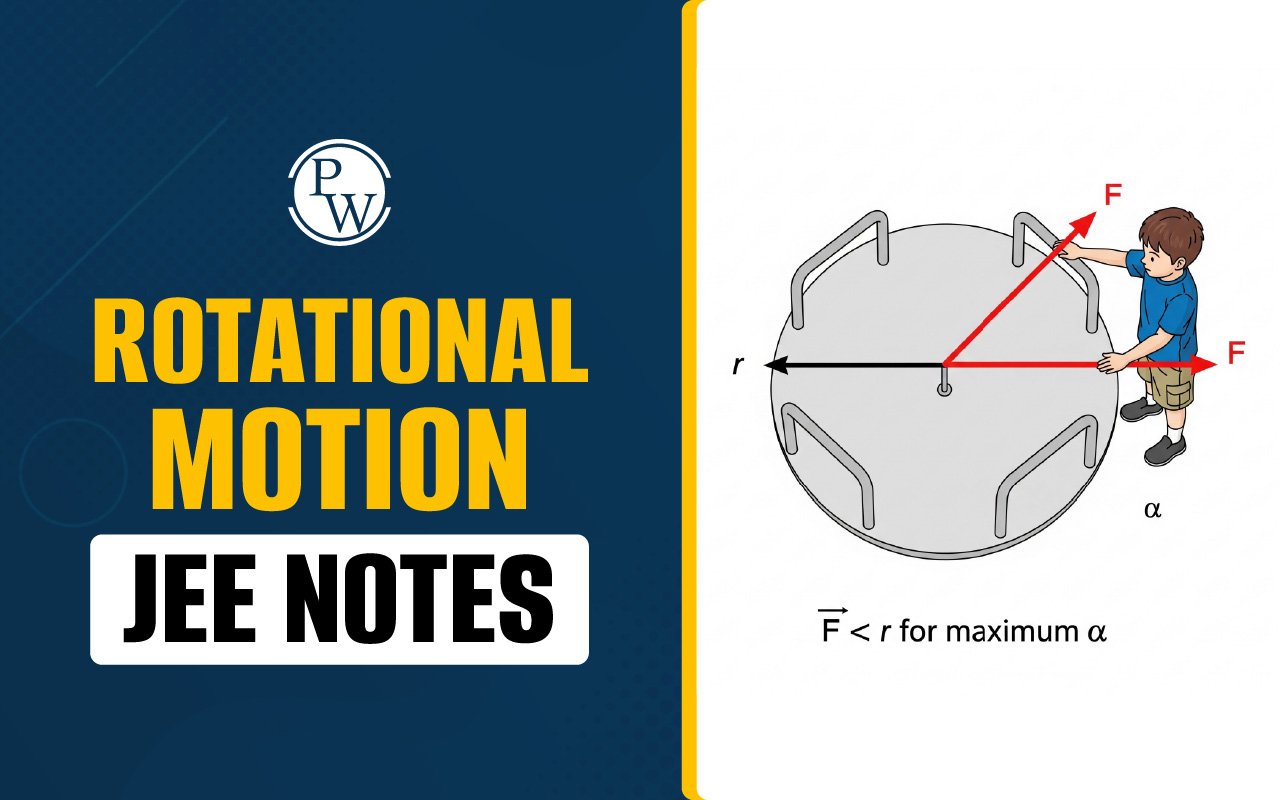

Law Of Chemical Combination : Chemistry can sometimes feel like a complicated puzzle, with elements combining in various ways to form different substances. But at the heart of this complexity lies some fundamental laws that govern how these combinations occur. One such law is the Law of Multiple Proportions, which sheds light on the relationship between different elements in compounds. Let's dive into this law and unravel its significance in the world of chemistry.
What Is The Law Of Multiple Proportions?
-
This law was given by Dalton in 1803.
-
If two elements combine to form more than one compound, then the different masses of one element which combine with a fixed mass of the other element, bear a simple ratio to one another.
Law of Multiple Proportions : The Law of Multiple Proportions is a principle in chemistry that describes the relationship between the masses of elements that combine to form different compounds. Simply put, it states that when two elements can combine to form more than one compound, the masses of one element that combine with a fixed mass of the other element are in ratios of small whole numbers. To understand this law better, let's break it down into simpler terms. Imagine you have two elements, let's call them Element A and Element B. These elements can combine to form different compounds.
Now, according to the Law of Multiple Proportions, if Element A combines with Element B in more than one way to form different compounds, the ratio of their masses in each compound will be a simple whole number ratio.
Law Of Chemical Combination Examples
Nitrogen and oxygen combine to form five oxides, which are: Nitrous oxide (N 2 O), nitric oxide (NO), nitrogen trioxide (N 2 O 3 ), nitrogen tetraoxide (N 2 O 4 ) and nitrogen pentaoxide (N 2 O 5 ).
Weight of oxygen which combine with the fixed weight of nitrogen in these oxides are calculated as follows:| Oxide |
N 2 O |
NO |
N 2 O 3 |
N 2 O 4 |
N 2 O 5 |
| Ratio of weight |
28:16 |
14:16 |
28:48 |
28:64 |
28:80 |
Law Of Chemical Combination Solved Examples
Q.1 : On analysis it was found that the black oxide of copper and the red oxide of copper contain 79.9% and 88.8% metal respectively. Establish the law of multiple proportions with the help of this data.
Ans. In the back oxide, 79.9 g copper combines with (100–79.9), i.e. 20.1 g oxygen.
-
In red oxide 88.8 g copper will combine with 100–88.8 = 11.2 g
-
According to red oxide 79.9 copper will combine with
= 10.08 g oxygen.
Thus the weights of oxygen that combine with the same 79.9 g copper are 20.1 g and 10.08 g respectively. These are in the ratio 20.1 : 10.08 = 2:1
It is a simple whole number ratio. Hence, the law of multiple proportions is established.
Q2. Carbon forms two oxides. One contains 27.27% carbon & another contains 42.86% carbon. Show that the data illustrate the law of multiple proportion.
Sol. The mass ratio of C : O in first oxide = 27.27 : 72:73 = 3:8
The mass ratio of C : O in second oxide = 42.86 : 57.14 = 3:4
Hence for each 3 gm of carbon the masses of oxygen combine is 2:1 ratio.
Hence the data is according the law of multiple proportion.
<span style=
Q.1 : What is the Law of Multiple Proportions?
Q.2 : How does the Law of Multiple Proportions work in real-life examples?
Q.3 : Why is the Law of Multiple Proportions important in chemistry?
Q.4 : How does the Law of Multiple Proportions support the atomic theory?
Q5 : Can you provide a simple explanation of the Law of Multiple Proportions?












